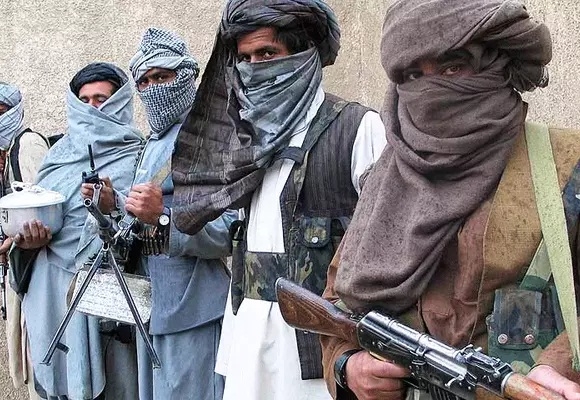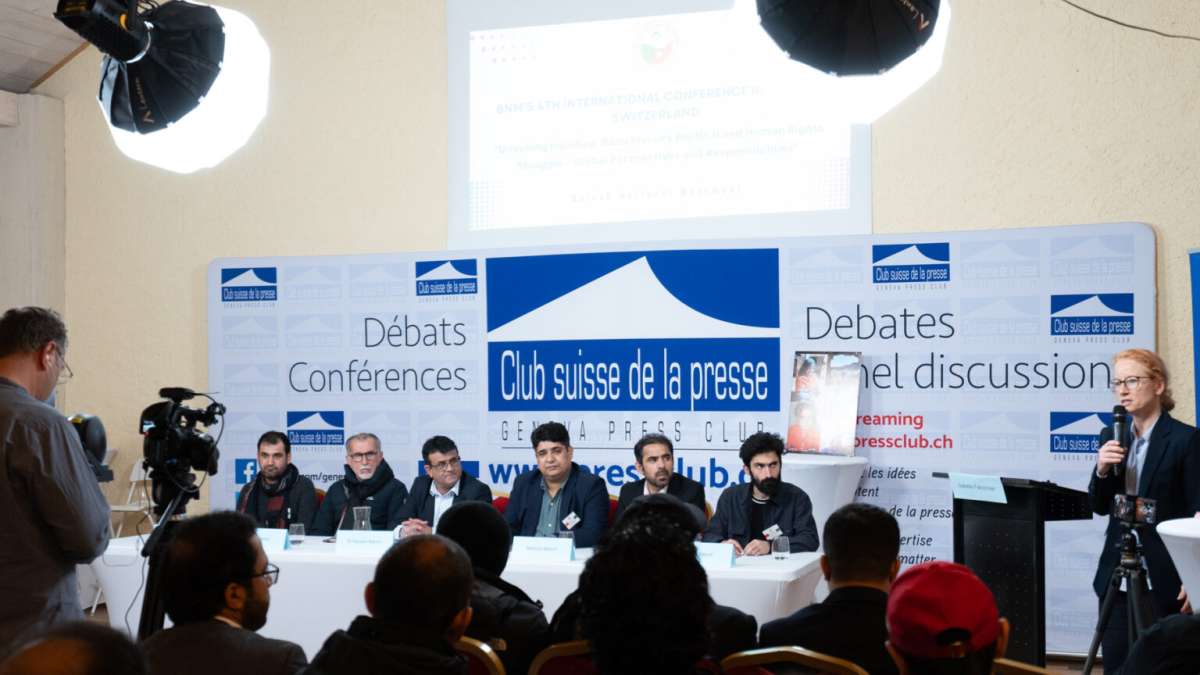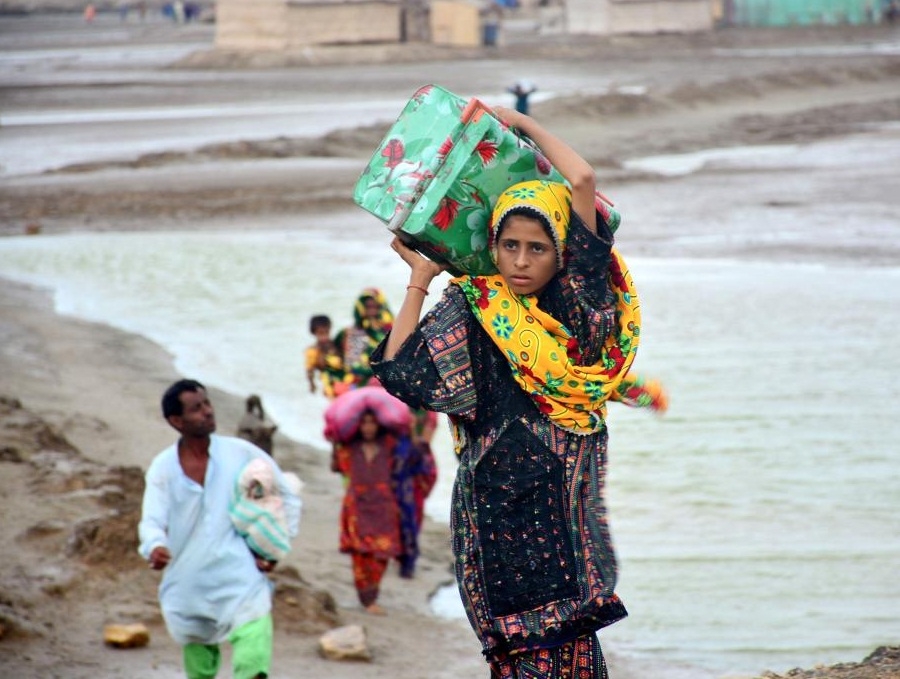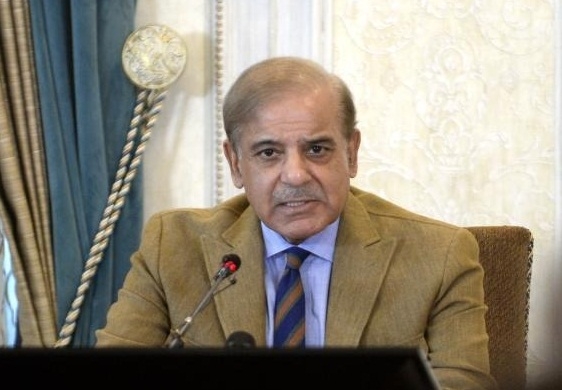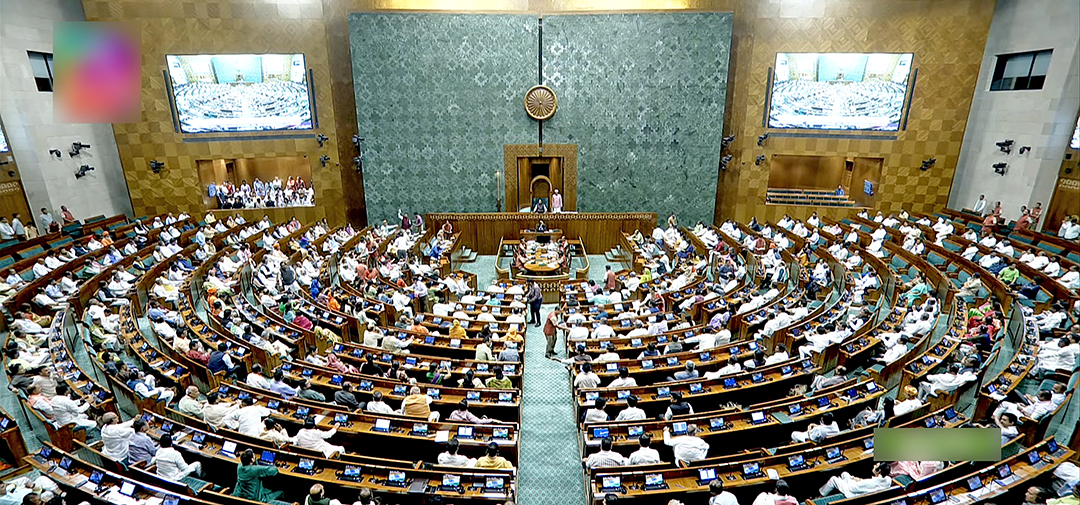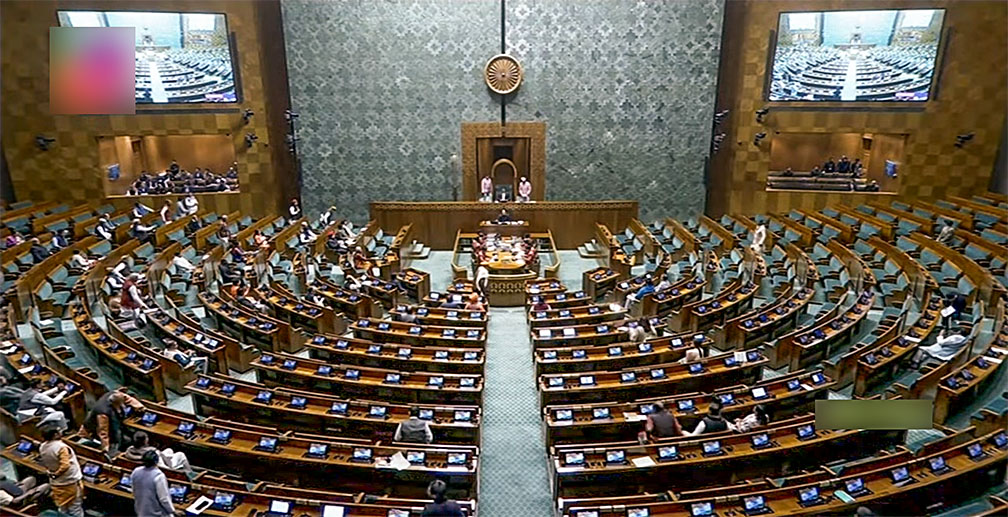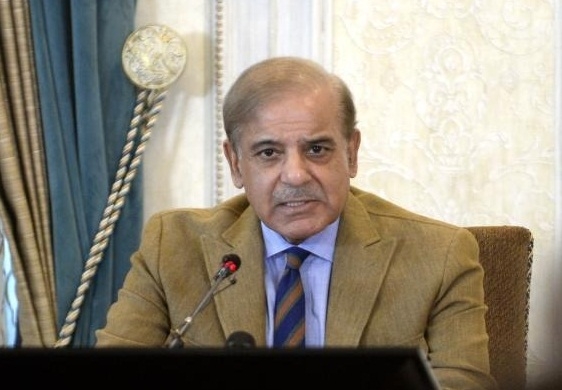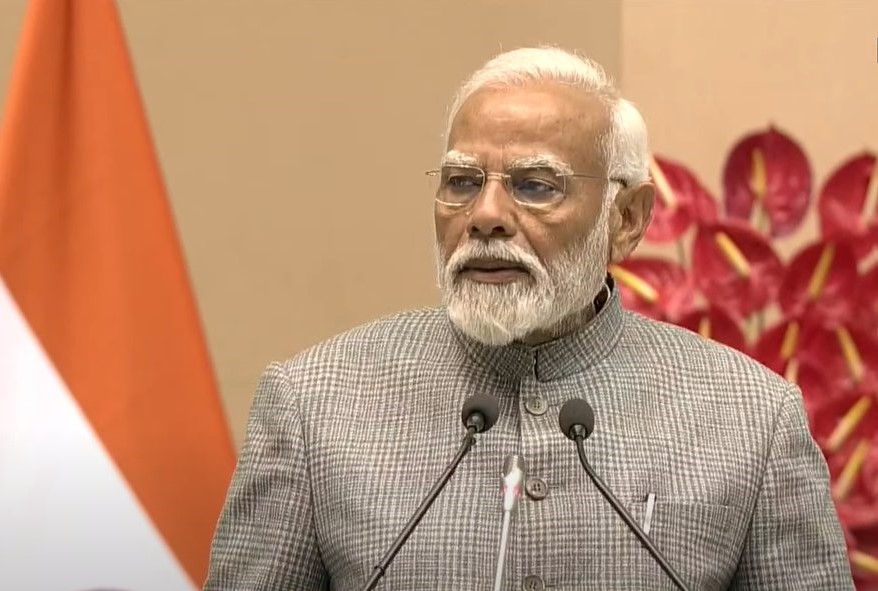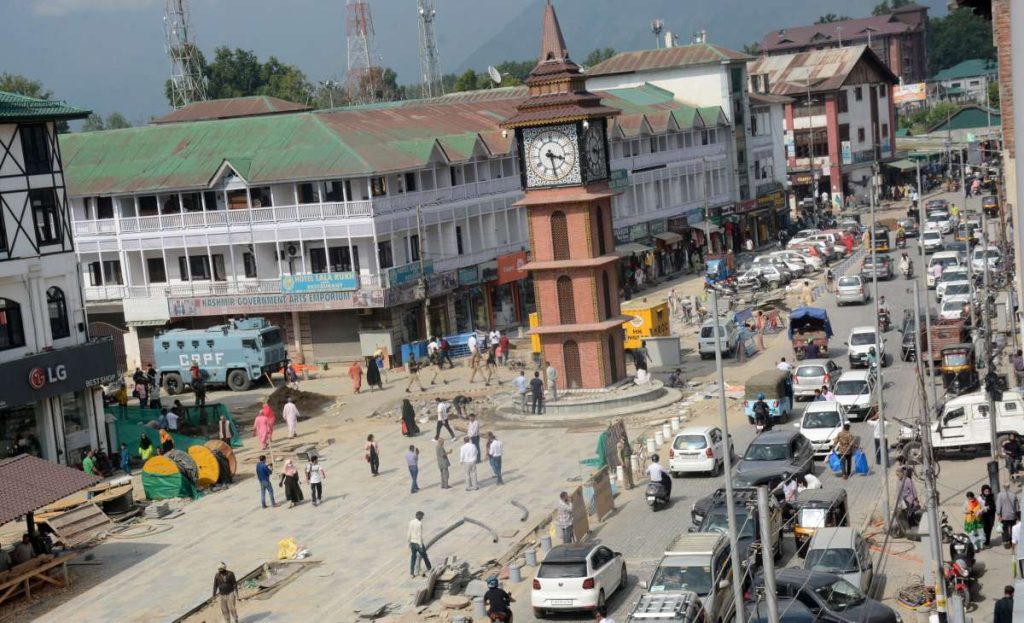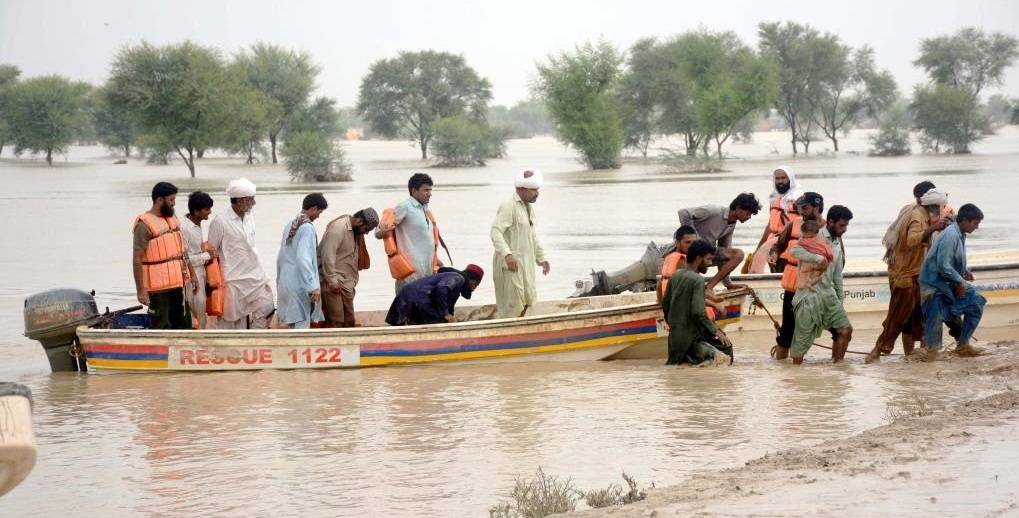ISKP has in recent times become the recruitment ground for fighters from Central Asia and in 2022, it was estimated that the group had a strength of 1500 to 4000 fighters, many of whom were of Uzbek, Tajik and Kazakh origin. Recall that many members of the Islamic Movement of Uzbekistan (IMU) had originally pledged its loyalty to ISIS Central in 2015, thus signalling Central Asia as a fertile recruiting ground and ISIS target … writes Dr Sakariya Kareem
An Islamic State terror attack occurred at the Crocus City Hall music venue in Krasnogorsk, Moscow Oblast, Russia on 22 March 2024. Four gunmen carried out a mass shooting, as well as slashing attacks on the people gathered at the venue, and used incendiary devices to set the venue on fire. The Islamic State Khorasan Province (ISKP), an Afghanistan-based affiliate of the Islamic State, claimed responsibility for the attack in a statement through the IS-affiliated Amaq News Agency.
Amaq also published a video filmed by one of the attackers. It showed the attackers shooting victims and slitting the throat of a victim, while the filming attacker was reciting the takbir, praising God and speaking against infidels. Pertinently, the US subsequently claimed that it had warned Russia eighteen days in advance of the Moscow concert hall assault of a possible attack involving religious extremists from Pakistan, Tajikistan, and Uzbekistan. The US warning, as it were, is a stark reminder of the dubious role played by Pakistan and its intelligence agencies in creating and nurturing scores of terrorist organizations in the past several decades, including the ISKP. The impact of this terrorist infrastructure is today thus being felt globally.
As stated earlier, the ISKP was founded by a breakaway faction of the TTP in 2014. However, last year evidence arose of how Pakistan’s ISI had funded the ISKP. A former senior Islamic State leader publicly acknowledged that the terrorist organization was, and may still be, financed by Pakistan. Sheikh Abdul Rahim Muslimdost who was interviewed by the pro-Taliban media outlet “al-Mersaad” about how the ISKP was financed, Muslimdost claimed that it received money both from the Islamic State in Syria and Iraq and, from Pakistan.
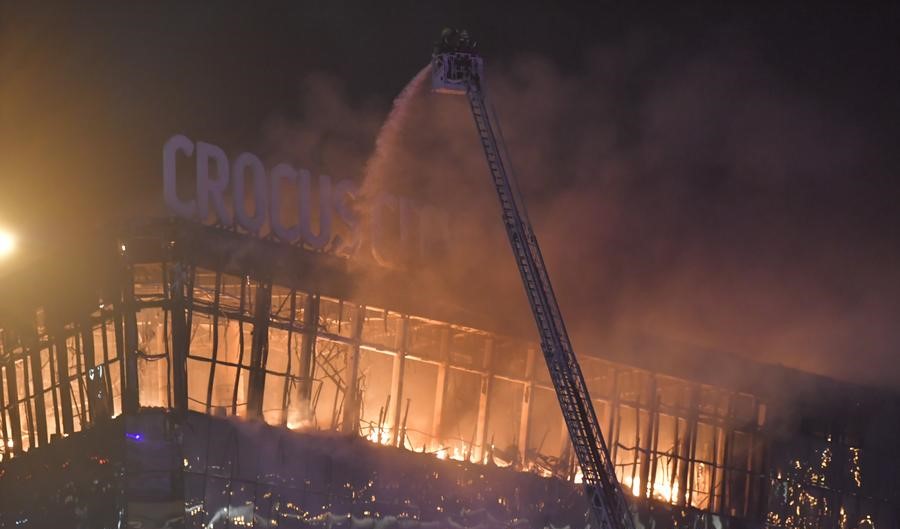
It also supported itself by kidnapping victims for ransoms in various countries. Muslimdost also stated that financing from Pakistan has continued to this day. In the interview, circulated on Twitter by the Afghanistan Analysts Network, Muslimdost said that initially (in 2015) the Lashkar-e-Tayyiba (LeT) had provided 50 lakh Pakistani rupees to the ISKP.
When asked how the fact that the ISKP received money from Pakistan was compatible with the fact that the terrorist group attacked the Pakistani Embassy in Kabul on 9 December 2022, Muslimdost said that it was a false flag attack, “theatre” aimed precisely at denying rumours that the group was supported by Pakistan. “The Pak Embassy attack in Kabul was just a #Drama. Nothing happened to the Ambassador. Just a bodyguard was injured,” Muslimdost said. Muslimdost was a prominent member of the ISKP, a branch of the Islamic State (Daesh) active in Afghanistan, India, Bangladesh, Pakistan, and Myanmar, until 2015, when he dissociated himself from the organization. In fact, he was one of its founders.
Pertinently, just as the US intercepted communications of the Moscow attack in advance, it also claimed that it intercepted communications confirming that the ISKP was preparing to carry out Kerman city attack in Iran in January 2024 which killed nearly 100 people. The ISKP later claimed responsibility for the Kerman attacks. The ISKP also claimed responsibility for the 2021 attacks outside Kabul airport that left at least 175 civilians dead, including 13 US soldiers. The ISIS affiliate was previously blamed for carrying out a bloody attack on a maternity ward in Kabul in May 2020 that killed 24 people, including women and infants. In November 2020, the group carried out an attack on Kabul University, killing at least 22 teachers and students. In September 2022, the group took responsibility for a deadly suicide bombing at the Russian Embassy in Kabul, a reminder that ISKP was prepared to target Russia for its perceived closeness to the Afghan Taliban.
Last year, Iran blamed the group for two separate attacks on a major shrine in southern Shiraz, the Shah Cheragh, which killed at least 14 people and injured more than 40.
ISKP has in recent times become the recruitment ground for fighters from Central Asia and in 2022, it was estimated that the group had a strength of 1500 to 4000 fighters, many of whom were of Uzbek, Tajik and Kazakh origin. Recall that many members of the Islamic Movement of Uzbekistan (IMU) had originally pledged its loyalty to ISIS Central in 2015, thus signalling Central Asia as a fertile recruiting ground and ISIS target. The linkages between ISKP and other terror groups, as also with the Pakistan’s ISI are well known. With decades of experience in manipulating and managing the contradictions and conflicts between various terror organisations and using them to advance the agenda of the Pakistani state, the ISI used the ISKP to weaken the TTP inside Pakistan and target the Afghan Taliban inside Afghanistan. The whole Taliban-vs-ISKP narrative in fact is a creation of the Pakistani deep state.
Ehsanullah Ehsan, a former TTP spokesperson revealed (December 2023) the existence of the ‘Dabori Agreement’ between the ISI and ISKP, which ensured that the latter only targeted the Afghan Taliban and did not attack the Pakistan Army. Ehsan also listed the names of several ISKP leaders who were living in ISI safe houses in Pakistan. The ISI in fact penetrated the ISKP also by sending many LeT cadres to the ISKP with a view to manipulating the ISIS affiliate. The Pakistan-ISKP connection was also exposed with the obvious linkages between some ISKP commanders and Pak deep state. For instance, Afghanistan-based militant commander Abdul Rahim Dost, a former ISKP religious head, was arrested after 9/11 and Pakistan freed him a few years later.
This nexus was also exposed through Ismail Punjabi, who worked with the LeT in the planning of the Mumbai 26/11 terror attack. He had joined the Al Qaeda and then switched over to ISKP in 2015. He was killed the following year. In July 2019, Huzaifa Al Bakistani, belonging to Nangarhar province in eastern Afghanistan, was killed in a drone strike along with nine other associates. He, too, was an ex-LeT member. Huzaifa was the son-in-law of Aijaz Ahmad Ahangar alias Abu Usman al Kashmiri, who had also joined the ISKP. He was an ex-leader of Pakistan-backed groups Tehreek-ul-Mujahideen and Harkat-ul-Mujahideen. Ahangar, 55, had been arrested in a raid along with ISKP chief Aslam Farooqi and 20 others from Kandahar province. Ahangar is the son-in-law of Abdul Gani Dar alias Abdullah Ghazali, former chief of the TuM and an LeT commander.
That Pakistan continues to be the epicentre of the global terrorism and is involved in the promotion of transnational terror was recently evident in the remarks made by Pashtun Tahaffuz Movement member Fazal-ur-Rehman Afridi who indicated that there is a link between the Moscow terror attack and the recent attack in Khyber Pakhtunkhwa’s Shangla district, in which five Chinese nationals were killed. He says, “It (such attacks) will not stop until or unless Pakistanis are made accountable for their actions. And whatever is happening, it’s through the proxies of Pakistan and the terrorists trained in the Pakistani training camp, especially the ISIS.” The reality of the Pakistan deep state thus stands exposed.


